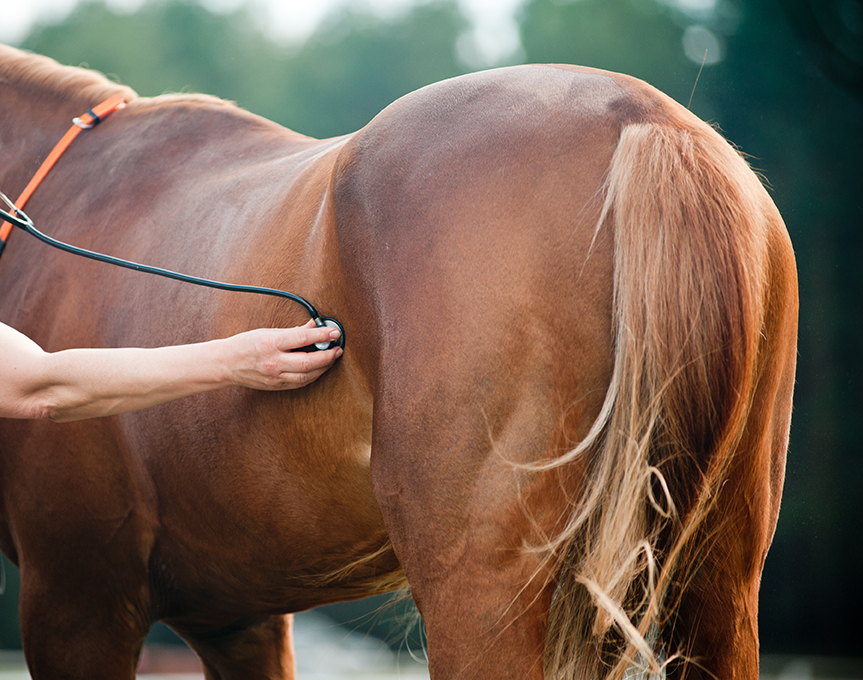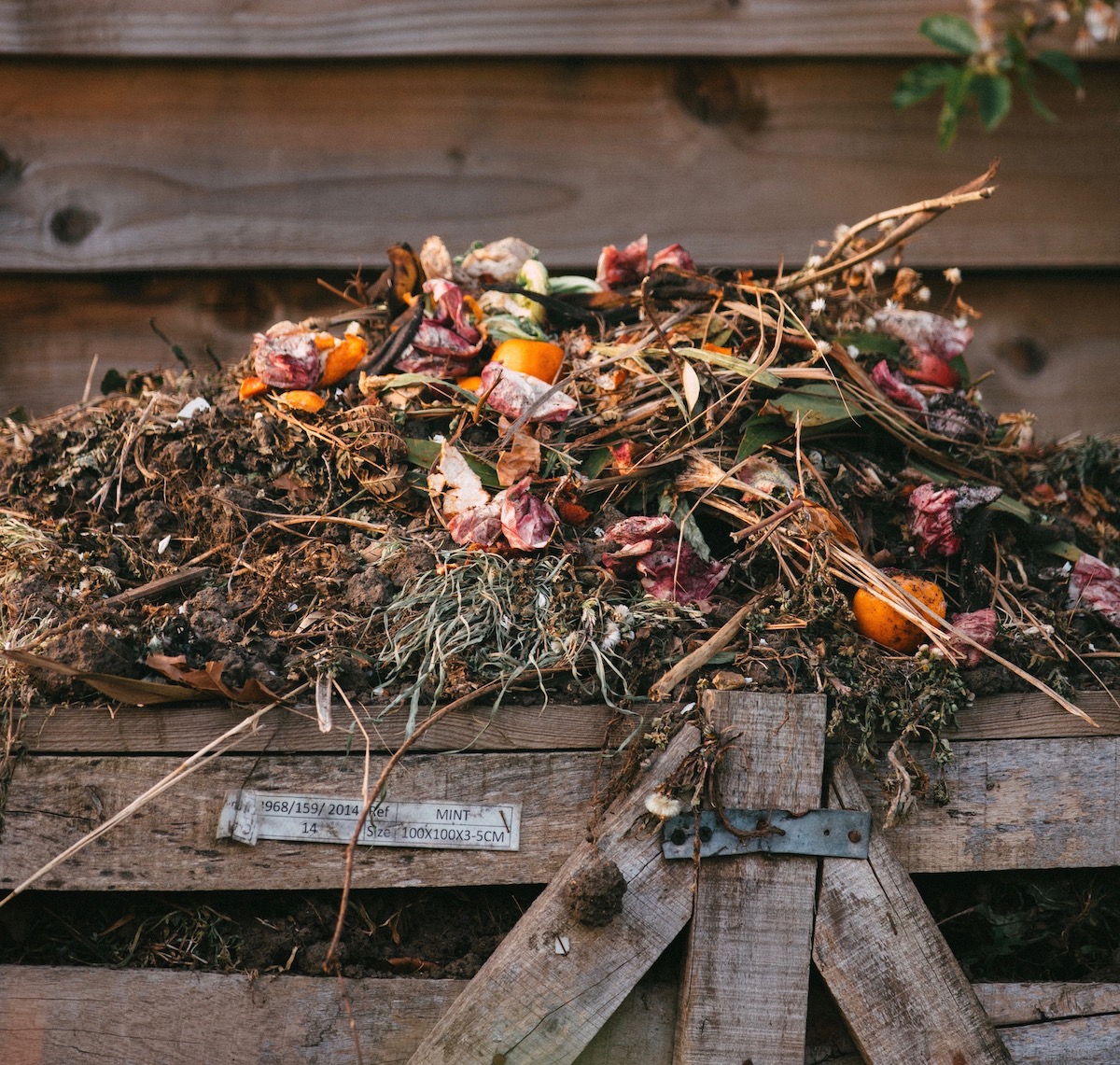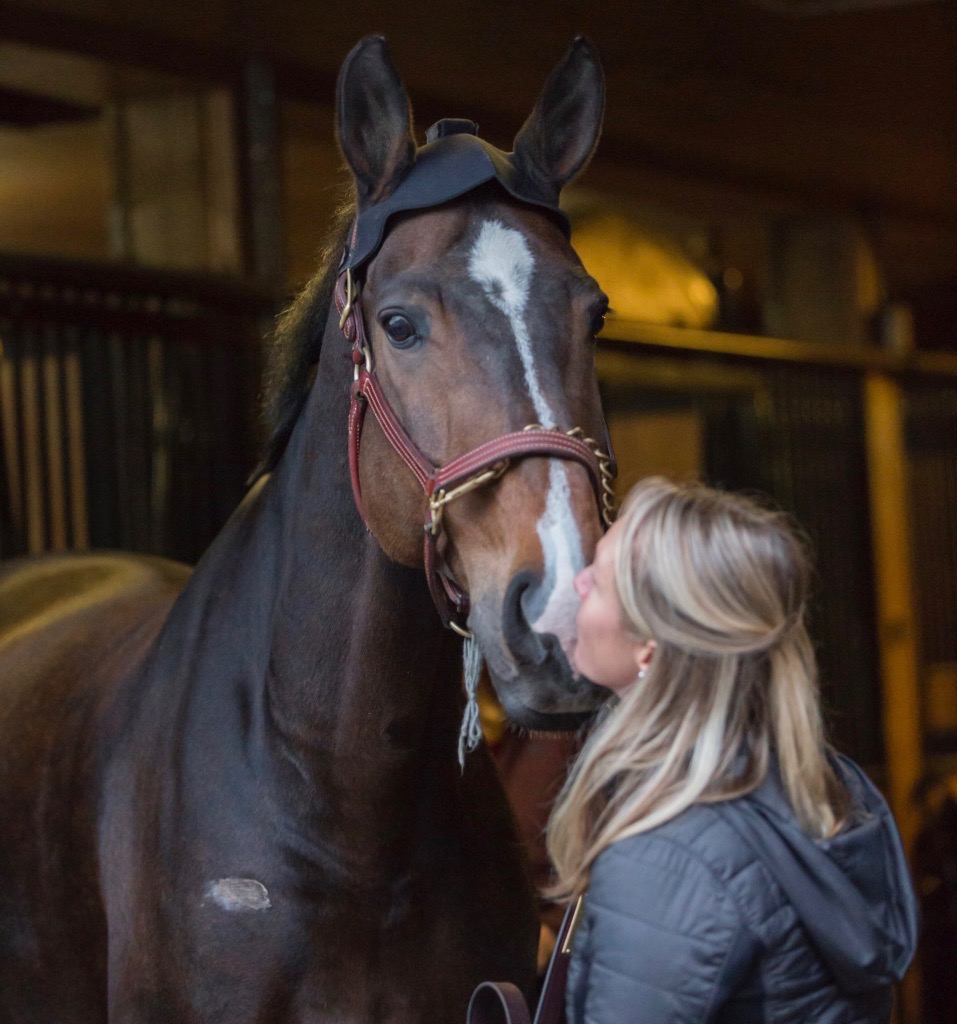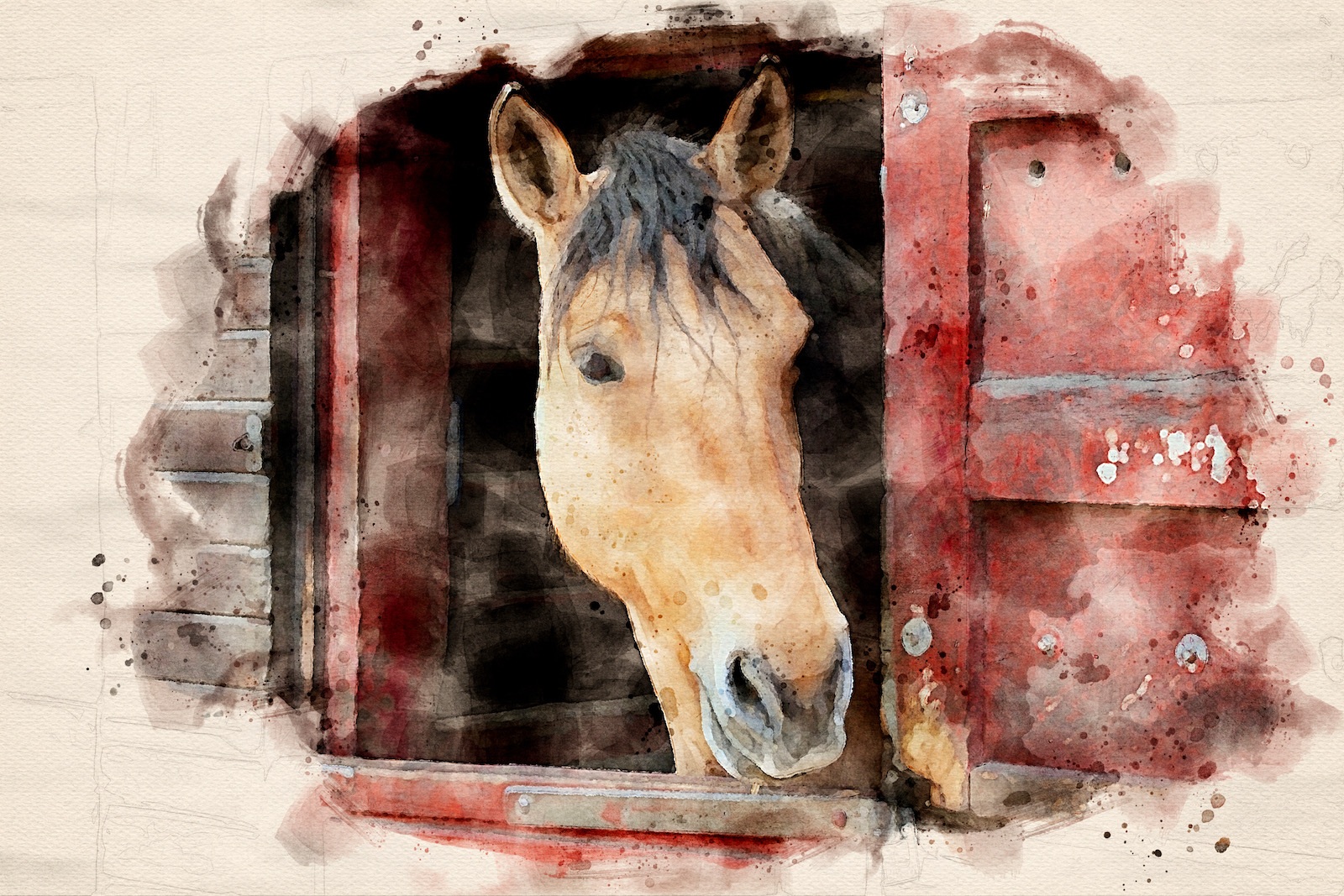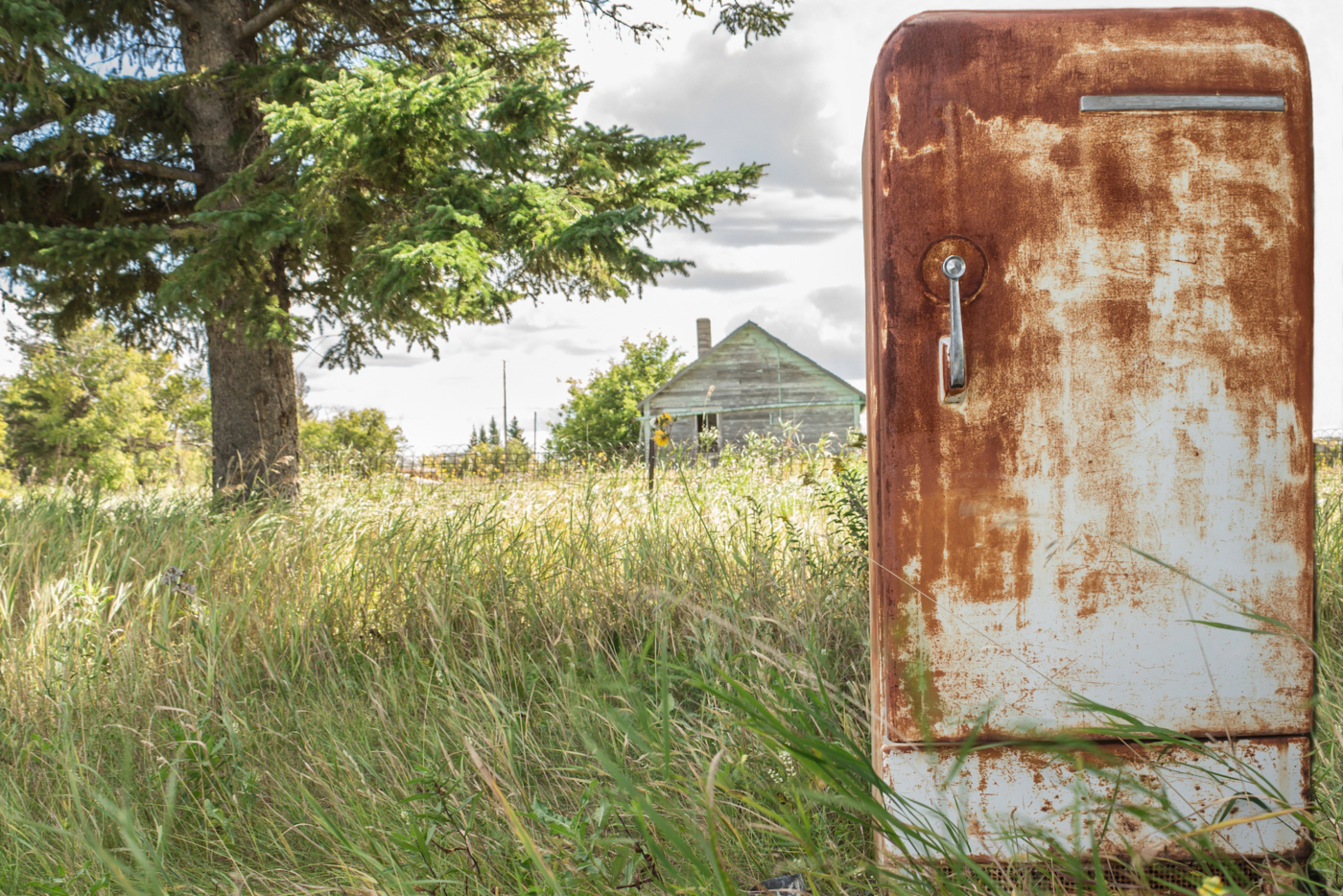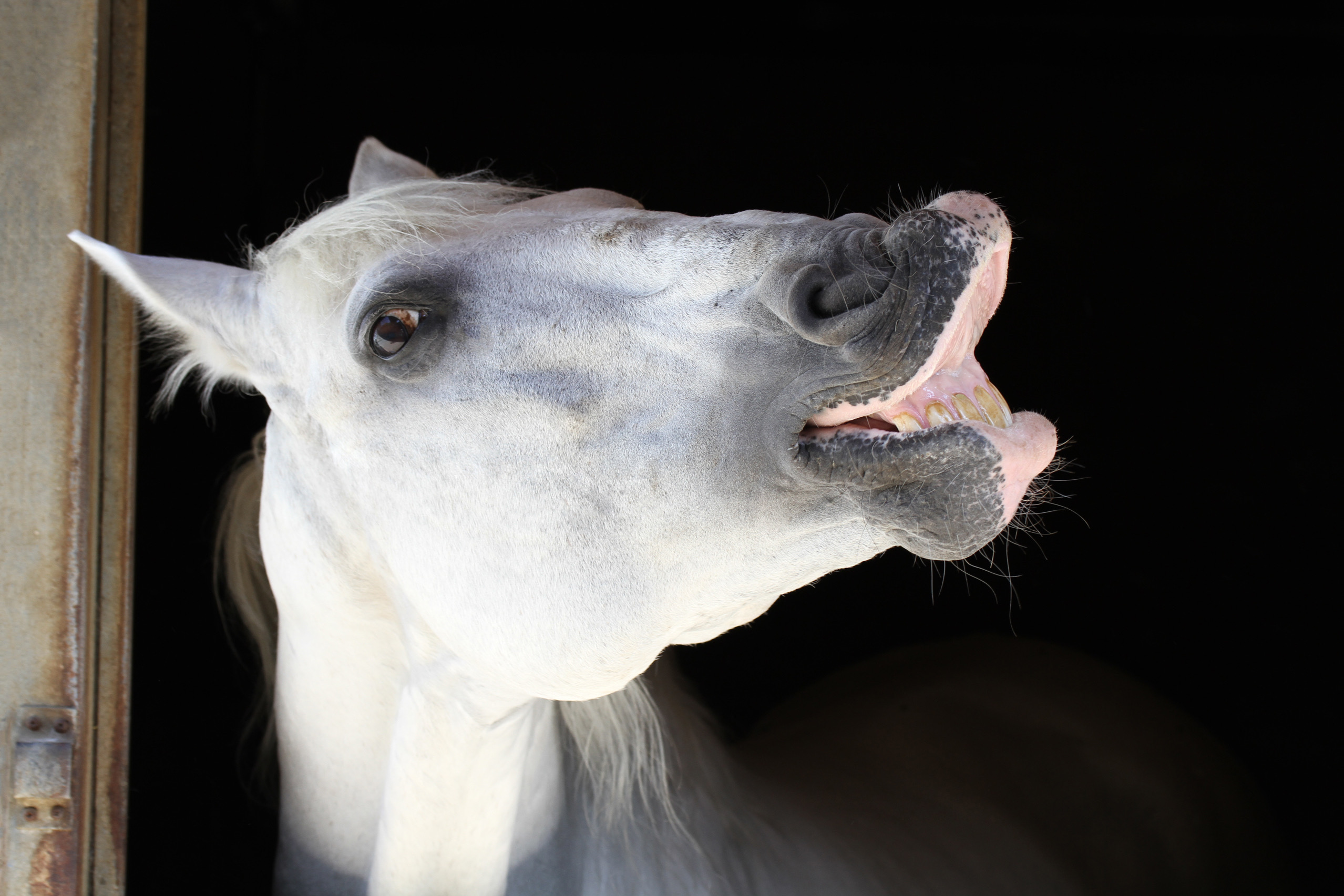You might remember that we recently put together a series called “The Power of Nutrition,” in which Cargill nutrition specialist Jessica Upham walked us through the basic method of evaluating a horse’s nutritional needs based on his job and fitness level. Then Marty Adams, Ph.D/PAS gave us a pretty sweet crash course in how the equine body uses/stores sugars and starches. This week, we asked our own veterinarian, Dr. Johanna Kremberg of Grand Prix Equine, about the steps one should take when nutrition does not seem to be the answer to a body condition conundrum.
The bad news? It could be just about anything! The good news? There’s a vet for that.
For body condition issues (as opposed to lameness or fever) it’s often difficult to know when it’s time for a vet to intervene. What is your general rule of thumb?
It’s definitely worth having a vet take a look if you note any unexplained change in your horse’s body condition when there hasn’tbeen any change in his feed intake. Also, if your horse’s manure suddenly changes consistency, or his appetite dramatically changes for no apparent reason, that’s when it’s time to call the vet and have a discussion.
What can be learned from a physical exam?
On a physical exam we check their dentition, inspect both eyes, look at their muscling and body condition, skin condition, hoof condition, as well as listen to their heart rhythm and rate, and respiratory and gastrointestinal sounds. I will also use a few acupressure points along the neck, girth and barrel area to see if the horse reacts with discomfort. Other clues such as a diseased molar, ventral edema, limb edema, topline musculature, heart murmur, skin hypersensitivity, dull haircoat, hoof growth lines, white line disease or runny manure can all start to give me a sense of the horses endocrine function and function of their bodily systems.

What can be learned from the blood?
Our first steps in a horse without overt signs of infection (fever, diarrhea, cough) would be a Complete Blood Count and a Serum Chemistry (commonly abbreviated to CBC/Chem), and occasionally fibrinogen or a new test on the market, Serum Amyloid A (or SAA). A complete blood count breaks down the percentages and absolute counts of five types of white cells, reds cells and platelets in the horse’s circulation. The chemistry reads out the counts of two protein fractions (called albumin and globulin), the liver enzymes, the kidney enzymes, muscle enzymes, the lipid content (fat in circulation), and electrolytes.
The SAA test has been really helpful in treating a couple of the OR geldings for various issues over the last year. Can you talk about that a little more?
Both the fibrinogen and SAA are indicators of inflammation and infection. The SAA increases more rapidly than fibrinogen, and test results are conveniently available on the farm in 10 minutes time. It is an early indicator of infection that will rise even before the horse’s temperature. We find it very useful in cases of suspected infection without a fever, such as a horse with a cough or a swollen leg. Fibrinogen takes longer to increase than SAA and is not available as a “stall-side” test yet. Still, it is a good indicator in more chronic infections.
You’re called to a farm to address a thin horse who seems to be receiving adequate nutrition. What are your initial suspicions?
There are two basic components: either 1) the horse isn’t getting the groceries the owner or trainer thinks, or 2) his body isn’t able to glean nutrition from the food he eats.
The former can be solved by assuring the feed is of high quality. Has the hay ever been tested for its nutritional content? What grain is being used, how much and is he finishing all of it? Is a pasture mate bullying him out of his food, or does the geriatric horse with poor dentition not have enough time to finish his meals before being turned out? I have known horses in the summer months that spend so many hours of the day fending off flies that they won’t eat much at all when out for 12+ hours. The latter can be due to a huge number of reasons: poor dentition, parasitism, chronic disease, gastric or colonic ulcers, colon dysbiosis, chronic Lyme disease, Cushings disease, low Vitamin E, and the list goes on! There are probably too many here to adequately list all of the diagnostics and treatments. The physical exam and history is imperative in helping us decide what diagnostics are necessary.
You’re called to a farm to address an overweight horse who seems to be surviving on air. What are your initial suspicions?
We all know this pony! Just like us, a horse’s metabolism varies dramatically from a thoroughbred to a Shetland pony. A pony or donkey is meant to work or pull carts many hours of the day while surviving on stemmy forage (i.e. first cutting hay). What we worry about most is the horse’s version of Type II diabetes: Equine Metabolic Syndrome. This is commonly manifested with obesity and dormancy paired with a high carbohydrate diet (green grass!), thus leading to laminitis. We know now that horses/ponies with excessive fat deposits, especially in the neck crest, are the most likely to exhibit signs of laminitis. If I’m called in to assess the situation and the pony is comfortable and not laminitic, I get him/her off of grass onto a dry lot, or in a grazing muzzle only. Next, I work with the owner to think of an exercise plan that’s fun for everyone, and includes 20 minutes of trotting or cantering 4-5x/week. If the pony isn’t comfortable or has had a recent bout of laminitis we address the feet first. We make the pony comfortable (with Soft Ride Boots and/or anti-inflammatories) and get its weight down (diet, Nibble Nets, and occasionally Thyro-L).
It’s not uncommon for horses with decent body condition to show somewhat regular signs of gastric distress (loose stool, gas colic, girthiness, etc.). How do you recommend this be addressed?
This is quite common yes. I would wonder about the gastric mucosa and colon health. Our practice has an endoscope which allows us to perform gastroscopies on the farm. I am amazed at what we find in the stomach, and how different horses respond to appropriate gastric ulcer treatment. Without looking in the stomach, we cannot assess the location or extent of ulceration, and sometimes 4-6 weeks of Gastrogard alone will not be enough to heal them. Without looking, gastric ulcer treatment is a guessing game. An abdominal ultrasound or rectal exam can be useful for any GI upset related to the colon.
While we’re on the subject of body condition, this seems like a good time to do a little Public Service Announcement about worming schedules, right?
We always recommend running fecal egg counts twice per year and deworming ONLY IF INDICATED by the fecal. Many many horses are being dewormed 3-4 times per year unnecessarily. This creates resistant parasites and make our dewormers less effective year after year. Targeted deworming is name of the game these days. Your veterinarian can help you set up an appropriate program for your farm.
The one caveat to this is that fecal egg counts do not always pick up tapeworm eggs. Thus, ONCE PER YEAR for all horses, even with negative fecal egg counts, we recommend deworming with a product that treats tape worms.
Outside Rein is a service with a unique point of view, delivering a variety of equine-related topics to your inbox every Friday. If you’re not signed up, please do! We promise we’re not spammy, and we frequently offer exclusive discounts on products you’ll love, but only to our email subscribers.
Not going to give up your precious email address so easily? Click here to see what you missed from this week’s email.
See you next Friday!


